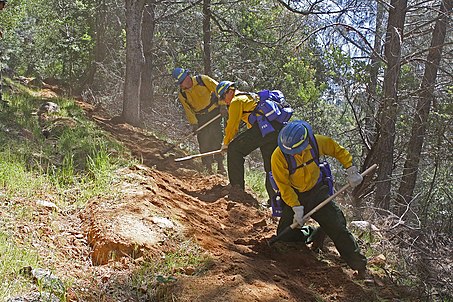
Department of Industrial Relations. (Photo: data.ca.gov)
California’s Two Industrial Entities: What’s the Difference?
Part of the Cabinet-level California Labor and Workforce Development Agency
By Chris Micheli, September 16, 2020 6:47 am
California has two industrial-related entities: Department of Industrial Relations and the Industrial Welfare Commission. What’s the difference?
Department of Industrial Relations
Labor Code Division 1 established the Department of Industrial Relations in 1927 in Sections 50 to 176. Chapter 1 sets forth its general powers and duties. Section 50 provides that there is in the Labor and Workforce Development Agency the Department of Industrial Relations. Section 50.5 provides that one of the functions of the DIR is to foster, promote, and develop the welfare of the wage earners of California, to improve their working conditions, and to advance their opportunities for profitable employment.
Division 1, Chapter 1 sets forth general powers and duties. Section 50.7 provides that the DIR is the state agency designated to be responsible for administering the state plan for the development and enforcement of occupational safety and health standards relating to issues covered by corresponding standards promulgated under the federal OSHA.
Division 3, Chapter 4 concerns apprenticeships and Article 1 sets forth the administration of the DIR. Section 3073.3 states that it is the intent of the Legislature that the DIR will encourage greater participation for women, ethnic minorities, and the disabled in programs administered by the DIR. According to DIR, it “protects and improves the health, safety, and economic well-being of over 18 million wage earners and helps their employers comply with state labor laws.”
DIR strives to build a safe and fair workplace and a thriving economy. DIR administers and enforces laws governing wages, hours and breaks, overtime, retaliation, workplace safety and health, apprenticeship training programs, and medical care and other benefits for injured workers. DIR also publishes materials and holds workshops and seminars to promote healthy employment relations, conducts research to improve its programs, and coordinates with other agencies to target egregious violators of labor laws and tax laws in the underground economy.
Industrial Welfare Commission
Labor Code Division 1, Chapter 2 establishes the Industrial Welfare Commission. Section 70 provides that there is in the DIR the Industrial Welfare Commission, which consists of five members who are appointed by the Governor with the consent of the State Senate. Section 70.1 provides that the IWC is composed of two representatives of organized labor, two representatives of employers, and one representative of the general public. The membership includes members of both sexes.
Section 71 specifies that the term of office for the IWC’s members is four years and that the member hold office until the appointment and qualification of their successors. The Industrial Welfare Commission was established to regulate wages, hours and working conditions in California. IWC wage orders must be posted by all employers in an area frequented by employees, where they may be easily read during the workday.
However, the IWC is currently not in operation because it has not received funding in the state budget. Instead, the Division of Labor Standards Enforcement (DLSE) enforces the provisions of the wage orders.
- Exemptions from Tax Withholding in California - July 23, 2024
- General Provisions of California’s Evidence Code - July 22, 2024
- Judicial Notice Under the California Evidence Code - July 21, 2024




